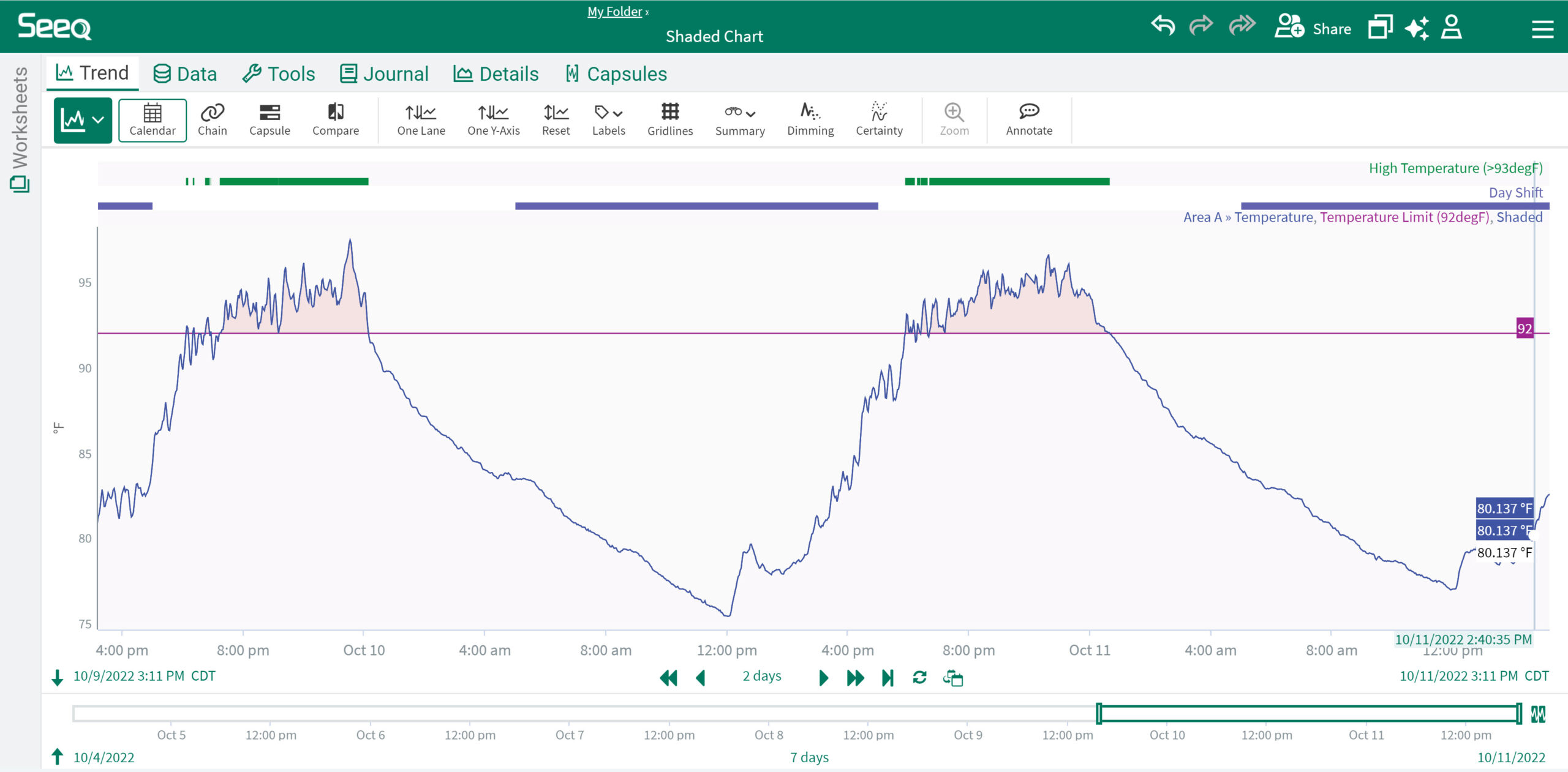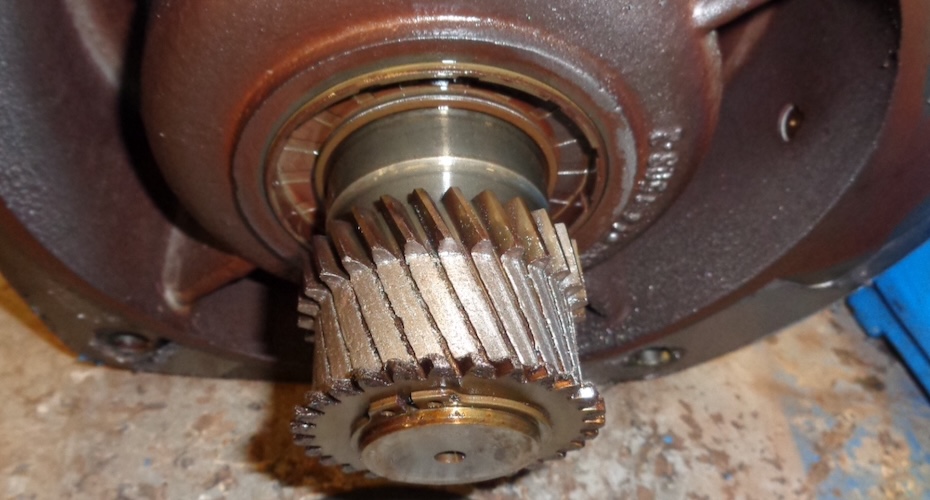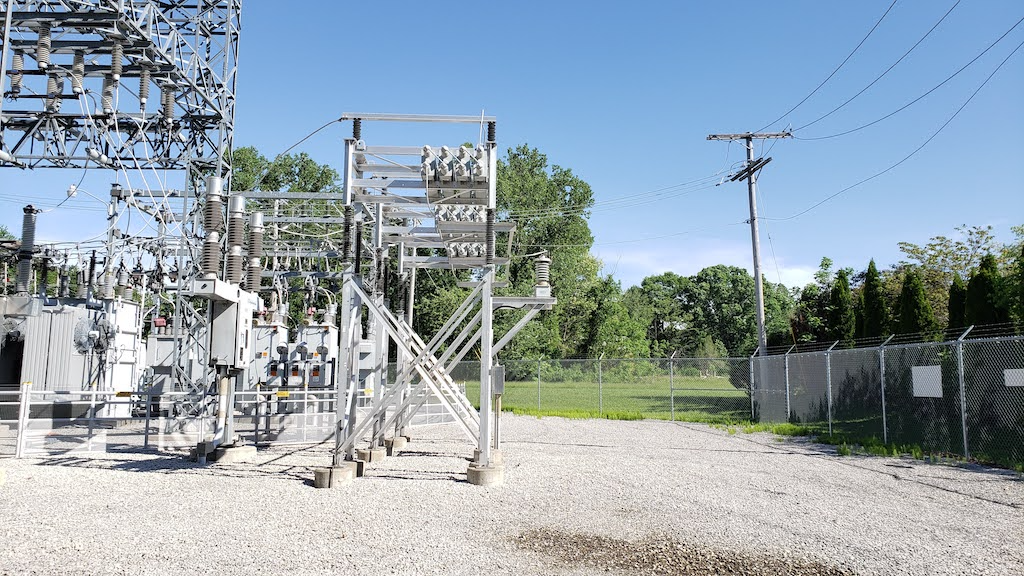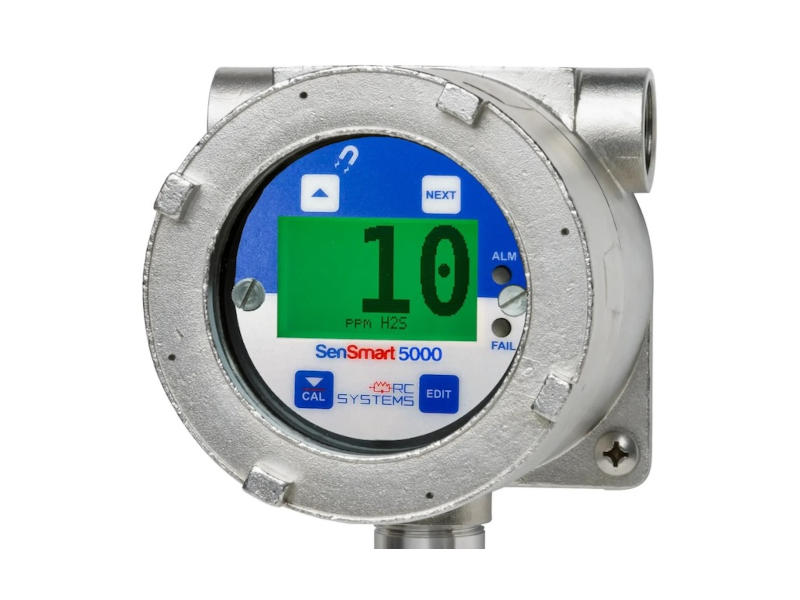The connection between maintenance and energy savings is not well understood. In fact, some view energy savings as just an electrical issue rather than a holistic approach to all kinds of plant floor energy.
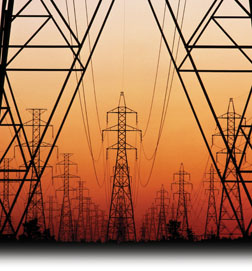
Second of three parts. Read Part 1 here.
Within steam systems are two types of leaks; internally when a trap fails and steam leaking externally through fittings and connections to atmosphere. This energy saving scenario focuses on using predictive maintenance technologies of ultrasound and infrared to identify the trap losses and associated potential savings.
Traps are mechanical valves that return condensate back to the boiler for reuse. Failed traps either fail closed or open. A trap failed in the closed position not only reduces efficiency but prevents return of the condensed water vapor only to sit and corrode pipe/components.
Safety becomes a concern when slugs of the sitting water get picked up with the live steam creating very forceful water hammer. Water hammer can blow apart piping systems exposing personnel and impacting facility services. A trap failed in the open position sends steam back to the condensate tank befire it has had a chance to provide useful work.
A rule of thumb for number of traps blowing live steam:
• 50% if no steam trap survey or maintenance program
• 25% with annual program
• 12% with semi-annual program
• Even newer systems can have failed or failing traps as high as 30% within the first 3-5 years.
Steam is like “liquid gold.” Typical costs range from $5 to $15 per 1,000 pounds of steam, which includes the boiler fuel costs, losses, labor, water treatment, etc. Every amount lost to leaks or not used effectively is that much more that must be generated to make up the losses; it is a vicious cycle and great opportunity.
Steam trap survey
This steam trap survey uses an ultrasonic listening device with a contact probe to touch each trap to check each trap’s performance. The probe captures the ultrasonic sounds. Instead of touching every trap located in the facility, infrared thermography may be used to efficiently identify overheated or cold traps and piping runs. Figure 1 is a good example of complimentary ultrasound and infrared technologies..
Keep in mind that as you venture out to do the survey, you will find that traps are inconveniently located in elevated areas and concealed behind hot equipment, walls and ceiling tiles in the plant manager’s office. During your steam trap survey, use your senses to perform listening and visual inspections to help find steam discharging from valves and fittings, and leak indicators such as rust, corrosion, hissing, and rags covering loud leaks.
In this example, ultrasound and thermography identify a failed trap blowing 100 PSI blowing through with a 3/16” orifice. Using the following look-up tables and calculations, one can find the amount of wasted steam and financial impact. Add up all losses by multiply the steam loss per trap (i.e. loss look-up tables and template calculations typically provided by the ultrasonic equipment manufacturer) by hours of operation, steam cost, and by the number of failed traps and/or piping leaks.
· 97.7 pounds of wasted steam per hour
· Average cost of $12 / 1,000 lbs steam
· $28.14 / day (24 hours)
· $10,270.22 / year (8,760 hours)
That’s more than $10,000 in potential savings for one trap – and some facilities have thousands.
KISS principle of data management
The challenge for many is that PdM programs generate an enormous amount of data. Much of this is delivered in word processing documents, PDFs and spreadsheets, proprietary software and hard copies which slow a leader’s ability extract information for making empowered and proactive decisions.
If you have good data in a computer maintenance management system (CMMS) or an enterprise asset management system (EAM), use them. On the other hand, don’t blinded by their bells and whistles and effort required to input and extract information. Even if you have robust software platforms and “mountains” of data, these systems create a belief that “we must wait for the software to kick out perfect information before making a decision”.
Additionally, many times the information that would empower a “closed-loop”, PdM-to-repair process is missing on the back end of these systems. Chalk it up to human nature or culture. Once the repair has been made, the “after repair” information, which is needed for some of your energy calculations and management reporting, never makes it back into the CMMS or EAM. It is perceived as a waste of time or of less value compared to the interesting wrench time on the next work order and ultimately the data is never documented.
Today’s recessionary pressures prevent many maintenance leaders from affording this software luxury and or the cause stagnation of efforts. Instead they should rely on “keeping it super simple” (KISS), small, accurate and manageable. Remember this is a pilot project and in the early stages the approach requires building a case for targeted equipment opportunities with the best and highest probability success.
Spreadsheets can keep data collection and centralization to a simple, consistent and manageable level for you, or the utility or service providers providing information. There are also great third-party vendors who provide services and bundled web-reporting which may be a good fit. Maintaining the data in a centralized and organized system is crucial for transforming it into usable information which drives the program’s success.
Take matters into your own hands. By this, I mean as a leader you must take a personal stake in collecting the field data and pre- and post-repair readings. This is your project and you may have to overcome cultural barriers, lack of support, manpower shortages and as President Ronald Reagan said, “trust but verify” that the information being collected. Being in touch with the process and validating the results will fuel your passion for the final presentation and closing the deal.
Closing the deal
Most organizations have the knowledge and skills but lack the information to make the right decisions in a timely manner. Once you have solid results, your goal is to provide simple communications that gain support for your reliability and energy saving efforts.
These examples are based upon actual client data which totaled nearly $20,000 in annual potential savings (Figure 2). “Potential” is used since someone must implement repairs but it may have to be with little or no capital support. The good news is that the hot and loose electrical connections and compressed air fittings could be addressed with minimal labor and material investment. Even the material cost of purchasing a new steam trap is only a few hundred dollars. See original article for full details on how these examples were identified and calculated)
The results are only scratching the surface as the total savings are based upon your equipment population, completeness and frequencies data collections with any existing programs and the wealth of additional energy saving opportunities with additional PdM technologies such as vibration monitoring/alignment strategies, motor circuit and motor current analysis, lube oil analysis/optimization, and aerial infrared surveys for roof moisture saturation.
The first recommendation is to centralize information for easy access, manipulation and extract which can be done through simple spreadsheets or databases or with of-the-shelf packages. Secondly, learn how to “blow your own horn” to gain support for your initiatives by publishing a regular savings and energy reports. The message should be financially based, kept simple, and eliminate technical calculations and discussions about gallons, kilowatts and amperages.
Typical financial calculations cover return on investment (ROI) and/or net present value. When performing the calculations, don’t get caught in the trap of only talking about the savings and ignoring the cost to perform the in-house or third-party surveys. Basically, keep in mind that “you have to spend money to make money”. It is not uncommon to have compressed air, steam and electrical surveys produce 400+% ROI which more than covers the cost of the in-sourced or outsourced inspections.
Be specific in your arguments or requests and always have backup documentation in order to support your savings, trend results and to put a scale to the benefits / costs. In addition to the previous energy wasted and now being saved, calculate the corporate financial benefit such as the cost of downtime avoided. The medium could be a few PowerPoint slides or a spreadsheet with simple pie or bar graphs.
Don’t give up. Many, very successful energy programs started with one or two small victories and incrementally added successes to overcome skepticism, cultural bias towards maintenances, and lack of awareness.
Regardless of your reliability program’s sophistication, this three-part series highlights the use of simple PdM tools which can recapture lost energy and account for its impact to the bottom line, gaining credibility for your maintenance team.
